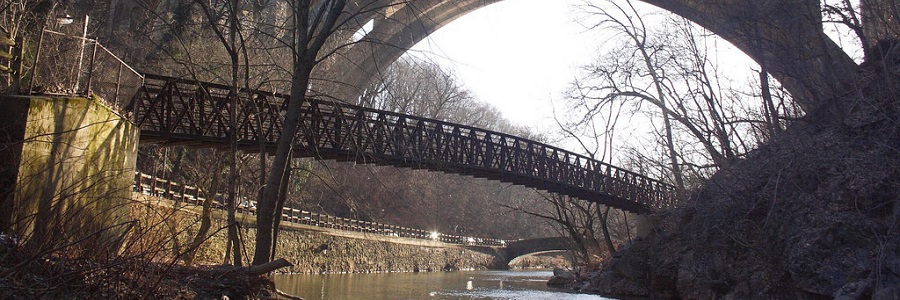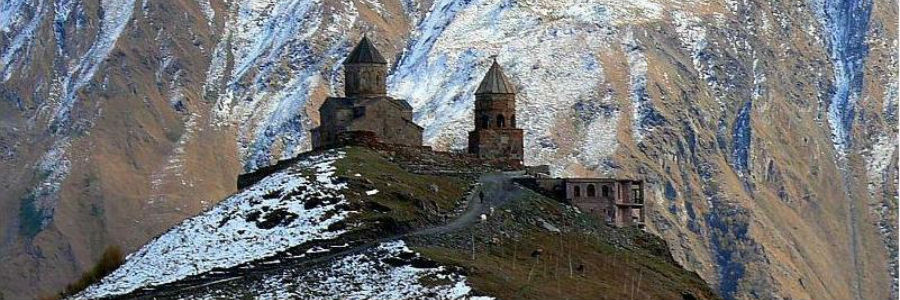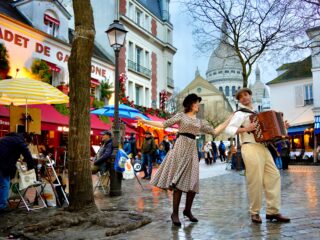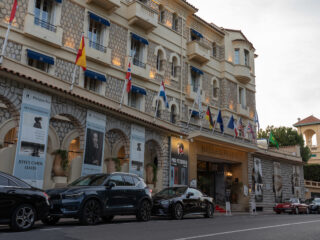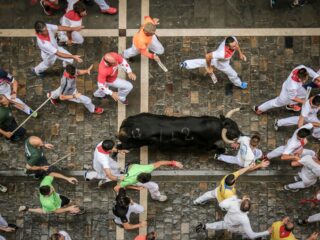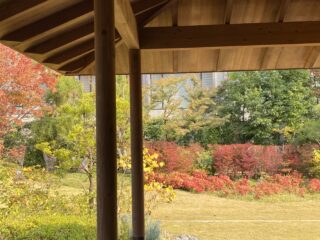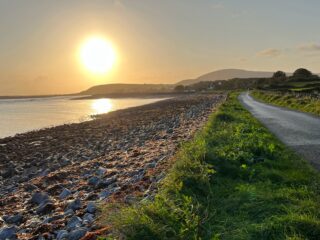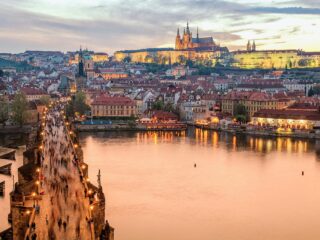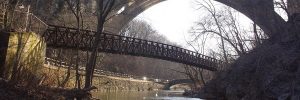
by Melissa Juliet Sagendorph
Even during a bleak, snowy December afternoon, it’s hard to imagine the Wissahickon Valley Park serving as inspiration for one of the most notoriously macabre poets in American history. A wide brook flows quietly through sloping trails and thick forests, edged on either side by rocky hills. The knobbly paths have been battered down by hikers and joggers, cheerily zig-zagging past the spinning wheels of mountain bikes. A favorite spot for pet owners, the mossy grounds are overrun by midday with dogs of all size. Teeming with tourists and families, it little resembles the austere natural hideaway Edgar Allan Poe once described. This isn’t altogether surprising – when the poet first encountered the Wissahickon waterway, it belonged to another world.
Before joining Philadelphia’s park system, the Wissahickon creek was part of Pennsylvania’s rich, vibrant wilderness network. Miles of uncultivated forest surrounded the powerful creek and its deep gorges, ultimately flowing into the much larger Schuylkill River. The beauty of the site in its natural state, unfettered by the tourism of the social elite, played a large part in forging Poe’s kinship with Philadelphia.
In 1844, the poet detailed the area’s allure in his essay Morning on the Wissahiccon, where he described a natural respite from the emerging wilderness tourism in the U.S. Still in its infancy, much of the country remained unexplored in the mid-1800s. For Poe, this imbued the American traveler with an advanced appreciation for nature. The upper echelons of European adventurers restricted themselves to the most well-known American treasures like Niagara Falls and the Mississippi River. It was instead the New World travelers who were drawn to “the real Edens of the land,” the hidden jewels nestled safely away from the beaten path.
Now, the Wissahickon owes much of its preservation to the state park system. The creek spent many years under threat during European settlement, when its shores were mined for their potential contributions to the industrial expansion. Even today, the remnants of these crumbling mills can be seen up and down the creek.
Eventually, the Wissahickon became a fixture within Philadelphia’s Fairmount Park System, making the Wissahickon Valley Park one among hundreds of officially recognized National Natural Landmarks in the U.S.
Despite its heavy traffic, the Wissahickon remains a gorgeous, natural oasis in the midst of a forever-growing urban city. Its visitors enjoy miles and miles of hiking trails, and naturalists can take part in fishing, bird-watching, and horseback riding within the park limits.
Nevertheless, sitting on its banks re-reading Morning on the Wisahiccon with my e-reader, bundled up in a ski jacket less than fifteen minutes from the main road, I am envious of the rugged wilderness Poe described. As connected as I feel to nature hobbling up the park’s stunted hills, or gazing onto the crystal water, I am bombarded with constant reminders of how fully the Wissahickon has been enfolded into modern tourism.
Edgar Allan Poe was able to commune with nature only when unencumbered by these distractions. During his most notable trip to the Wissahickon, Poe spent a day drifting down the calm waters on a homemade skiff. Enraptured by the foliage and the stillness of nature around him, he was delighted when his meditation was interrupted by the appearance of a great elk standing on the cliffs overlooking the water. Yet as he watched, a young servant broke through the brush and slipped a harness around the deer, and Poe realized the animal was the domesticated pet of a rich English settler. The magical quality of his respite was broken instantly by this intrusion, and as I watch a troupe of mountain bikers race across the path in front of me, I try not to imagine how grieved Poe would be to see what’s become of his favorite hideaway. Or, an even sadder thought, what would have happened to the Wissahickon without the protections it currently has?
At a precarious time when some of America’s most vulnerable natural sites are struggling to maintain their protections, Poe’s essay seems all the more prescient. Earlier this year, the Trump administration announced an 85% reduction of Bears Ears, a National Tribal Monument covering over one million acres of southern Utah. While the decision might be immediately appealing to travelers hoping for easier access to the historic site’s natural beauties, Poe’s words echo in warning.
The development and urbanization of these areas not only destroys the lands and the artifacts they hold, it cheapens whatever experience the natural aesthetic elicits in the traveler. People venture all over the world to soak up awe-inspiring natural wonders, yet the real impact of these miracles must be earned through adventurous pursuits. To experience the true, unadulterated fullness of nature, travelers must abandon modern conveniences. In his own words:
“Indeed, in America generally, the traveller who would behold the finest landscapes, must seek them not by the railroad, not by the steamboat, nor by the stage-coach, nor in his private carriage, nor yet even on horseback – but on foot. He must walk, he must leap ravines, he must risk his neck among precipices, or he must leave unseen the truest, the richest, and most unspeakable glories of the land.”
Like Poe, I moved to Philadelphia after being born in Massachusetts (raised in my case); and like Poe, the park has become one of the staples of my Philly life. Driving home from my own morning on the Wissahickon, nursing kindling flames of inspiration, I can only imagine the purity of Poe’s experience.
Melissa Juliet Sagendorph is an intern at Literary Traveler. She graduated summa cum laude with her Bachelor of Arts from Salem State University in 2013, where she double majored in English & Creative Writing and Philosophy & Applied Ethics. She worked as an Editor and Content Writer for Amino Apps before leaving to pursue a graduate degree in Philadelphia. She is slowly but surely working on her first novel. In addition to reading and writing, Melissa likes hiking, kayaking, and spending time with her niece. She loves dogs.
Photo Credit – Michael W. Murphy, used by Creative Commons License via Flickr

